The US Army has its eyes on the Arctic and is readying soldiers for the cold, unforgiving wastes that could be their next battlefield
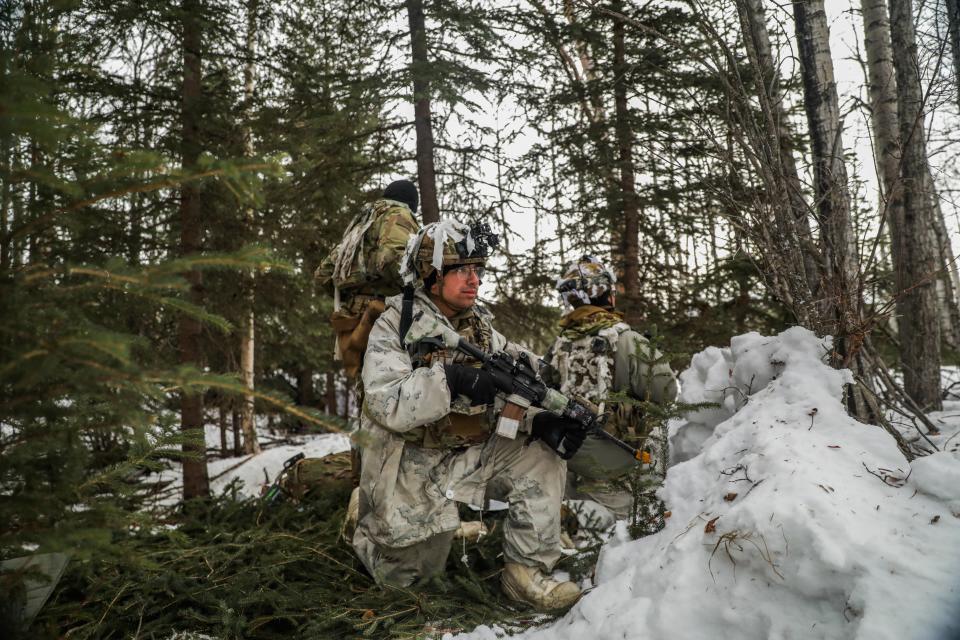
The US has increased its focus on readying a force to fight in the Arctic.
After over 20 years in the Middle East, the Army established a new strategy for cold-weather combat.
As Russia and China hope to gain further power in the region, the US hopes to strengthen its position.
In the last few years, the US has intensified its focus on the frozen north, preparing its forces to dominate, if necessary, in the Arctic.
The move reflects growing concerns about activities by Russia and China, who want to expand their access to the Arctic for trade, resources, and power projection into this strategic area.
At US Army Pacific's Joint Pacific Multinational Readiness Center training event near Fairbanks, Alaska, last month, soldiers told Business Insider about the importance of rebuilding a cold-weather fighting force to deter American adversaries in the region.
"The mission in the Arctic, the mission in the extreme cold, it's important to our Army, it's important to our nation," Col. Sean Lucas said, "and it's important to our adversaries as well. So, our ability to operate here is required. How we operate here is what we're trying to figure out, and what we're trying to master."
The two-week JPMRC Alaska training exercise involved over 8,000 troops from the 11th Airborne Division, as well as international allies and partners. JPMRC also does a rotation in Hawaii for jungle training.
The event is among the Army's newer combat training exercises, only three years old, and is an opportunity, soldiers said, to innovate and experiment. But it doesn't come without its stresses.
The US is entering a new era of tense strategic competition in the Arctic, and as more rivals are active in the region, the more potential there is for conflict.
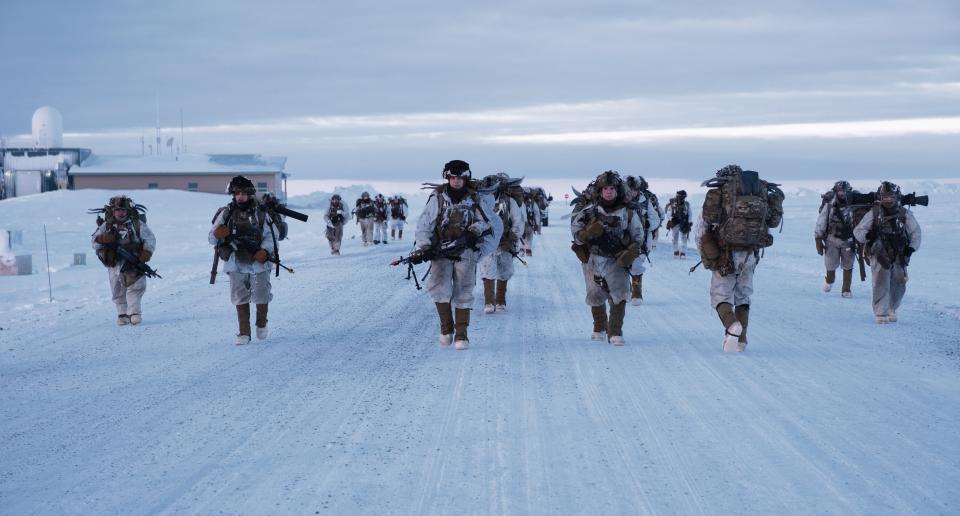
Back in 2021, the US Army released its new strategy on regaining Arctic dominance, leading to the reorganization of its Alaskan forces and priorities.
It acknowledged that rapidly melting sea ice in the Arctic Circle, warming twice as fast as the rest of the world, was "opening up new opportunities for natural resource extraction, shipping routes, and commercial fishing," leading to a more navigable Arctic.
With the melting ice comes increased access and greater unpredictability in the region. Extreme temperature variation, from repeated freezing and thawing cycles to reductions in the permafrost, raises questions about how to maintain infrastructure and consistently navigate water routes and land in the area.
While the US has maintained a focus on its military presence in Alaska and its ability to project power across the Arctic since World War II, the height of that focus came during the Cold War. After the dissolution of the Soviet Union and the later rise of counterinsurgency warfare in the Middle East, the Army became preoccupied, letting its Arctic skills deteriorate.
Now, its forces are hoping to rebuild the Arctic muscles that atrophied over the last 20 years. Part of that process means building up a stronger military presence in the area to strengthen relations with allies like Canada and Denmark. It also means using that presence to deter Russia and China.
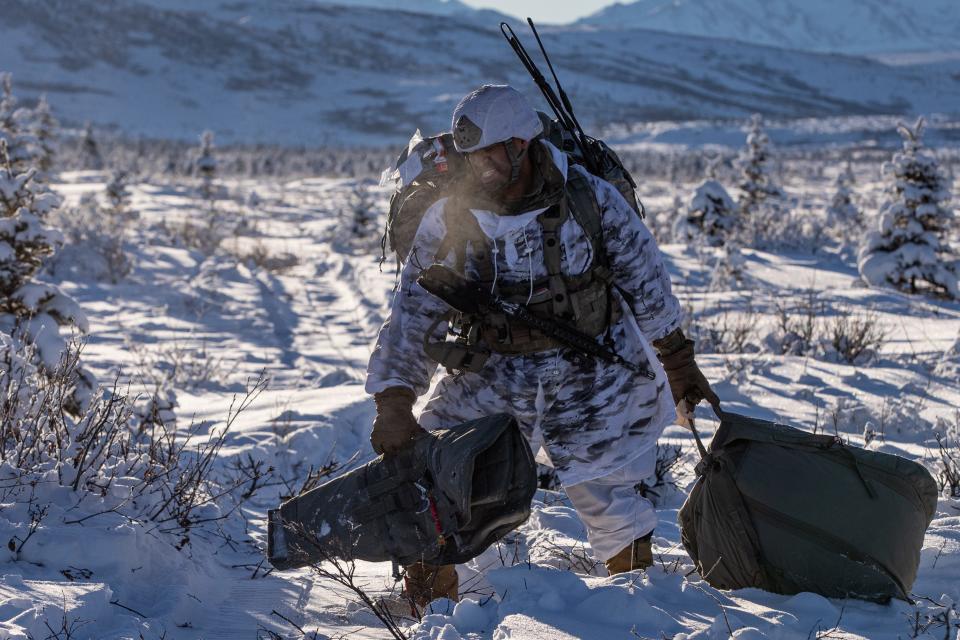
The ever-changing, challenging Arctic tundra is increasingly becoming more of a hotbed for US adversaries than ever. In that 2021 strategy guide, US Army leaders said, "Russia seeks to consolidate sovereign claims" in the Arctic "and control access to the region," developing a strategy for the region that is contrary to that of the US.
"Russian military developments in the region are by far the most advanced driver of great power competition," they wrote, pushing the US to find new ways to counter them. Moscow's further investment in the area is seen in its moves to refurbish Soviet-era airfields and military bases and deploy more air- and missile-defense units across the Arctic, as well as throw its weight around and claim more of the Arctic sea shelf.
And then there's China, which sees the vast Arctic region "as a new strategic frontier," a place "where there is 'undetermined sovereignty,' suggesting a justification for access and presence in the high North."
"Sovereign ambiguity allows China to justify access to the region and potentially utilize military means to do so," US Army leaders wrote in their strategy guide.
All Arctic nations are keeping an eye on what could be seen as increased access to energy, minerals, and resources in the Arctic. The bounty there is critical for the survival of the Russian economy, US Army leaders said, and necessary for China.
That could lead to increased competition in the region, and in turn, tension.
In a 2024 Annual Threat Assessment from the US intelligence community, the Office of the Director of National Intelligence wrote: "Competition over access and economic resources in the Arctic, as sea ice recedes, increases the risk of miscalculation, particularly while there is military tension between Russia and the other seven countries with Arctic territory."
In this situation, China also appears to be balancing its level of support for Russia in order to secure "favorable energy prices and greater access to the Arctic," the report added.
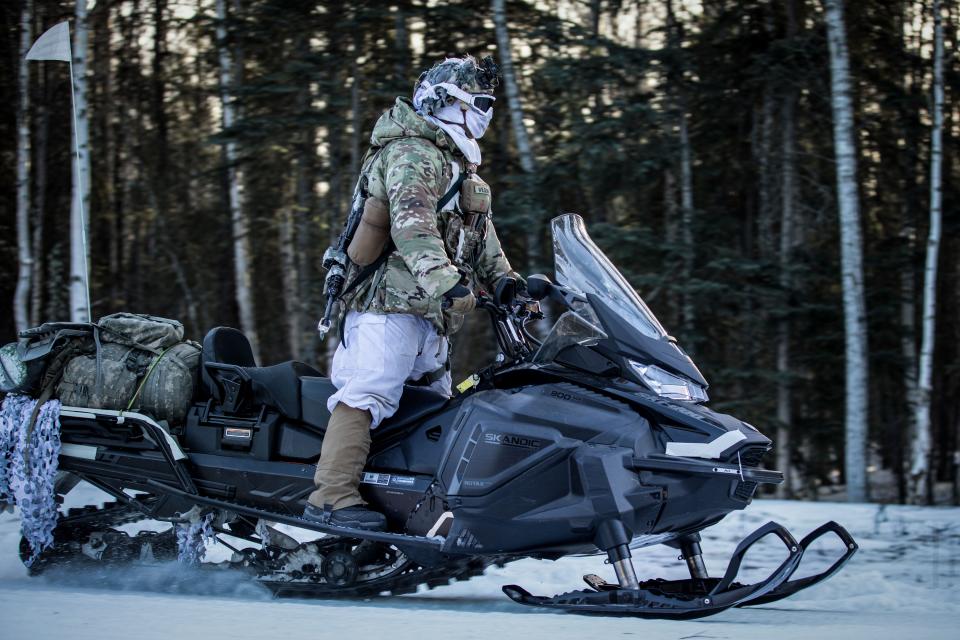
With China's increasing presence in the region and Russia's growing ambitions, Army leaders say the US must adapt like its rivals. The US is reinvesting in its cold-weather forces, focusing on building up enough presence and power to effectively deter conflict and training them to fight in unpredictable conditions should deterrence fail.
At the recent JPMRC training event, USARPAC leaders said the strategy was part of a larger push by the Department of Defense to counter Russia and China — particularly the latter, which has been identified as the US' "pacing challenge."
For the Army, fighting in the Arctic would be mobile, innovative, and unpredictable. At JPMRC, troops trained to adjust in real time to changes in the environment and weather.
Army paratroopers practiced jumps into enemy territory, while artillery focused on how to navigate various ground conditions. Attack helicopters conducted simulated deep-strike attack runs, navigating air defenses and electronic warfare to reach and destroy their targets.
Medics, too, were busy during JPMRC, figuring out solutions for caring for patients in this challenging region.
"I've practiced as a medic for 13 years, and this is definitely the hardest environment that I've worked in," Sgt. First Class Zachary Burns told BI, noting the difficulty it takes to house medical supplies, reach or retrieve injured soldiers on the battlefield, and care for patients in extremely cold temperatures.
While also taking care of various injuries, the medics also have to worry about soldiers suffering from hypothermia.
The intense cold can completely change how they conduct wound care, as affected areas have to be protected from exposure to the elements. And blood transfusions are also complicated by the cold temperatures, leading to experiments with soldiers serving as a "walking blood bank." Medics would have a living person serve as a donor for injured troops.
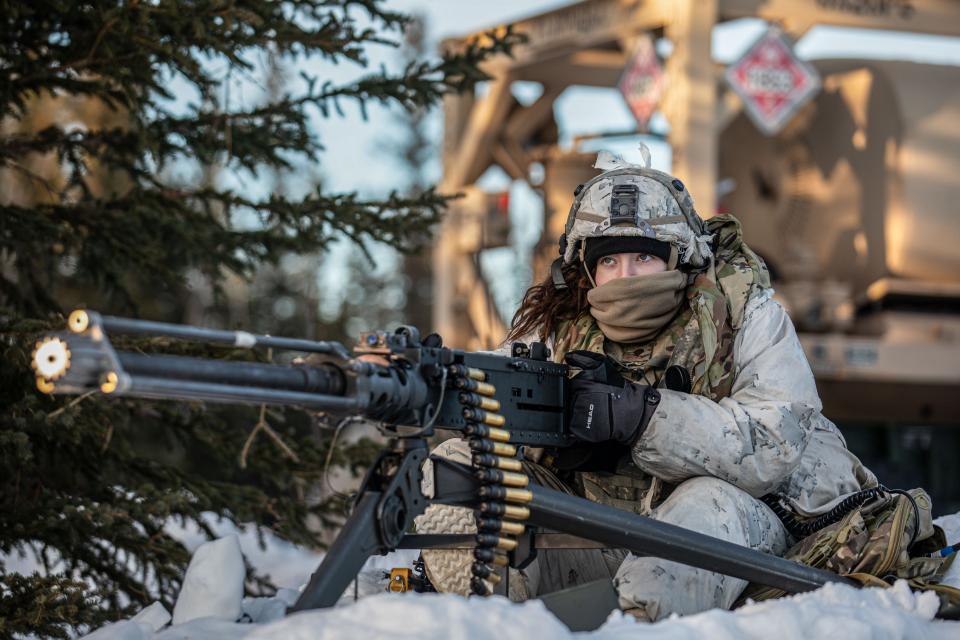
In their 2021 strategy, Army leaders said the priority was also to "employ calibrated force posture and multi-domain formations," on land, in the sky, and in other areas, which "creates new options for joint force commanders to achieve their missions."
The problem, they added, was that the Arctic had its own set of problems — "significant distances, lack of commercial and military infrastructure, and harsh climates" — that had made Arctic campaigns relatively small and decided mainly by the quality of troops.
For that reason, the Army appears to be encouraging its Arctic soldiers to be creative and able to adapt to whatever conditions or situations they might encounter.
At JPMRC, soldiers told BI they were being encouraged to find solutions in the moment to a variety of problems, whether that be keeping warm in subzero temperatures, pulling off a "whiteout" landing in an attack helicopter, or navigating snowy forests and frozen open fields.
"Our soldiers here are encouraged to innovate," Command Sgt. Maj. Joseph Gaskin said. "We don't have all the answers for this environment," he added, and while conducting war games, troops are figuring it out in real time.
"They have the answers to a lot of these problems that we have," he said.
Read the original article on Business Insider

 Yahoo Autos
Yahoo Autos 